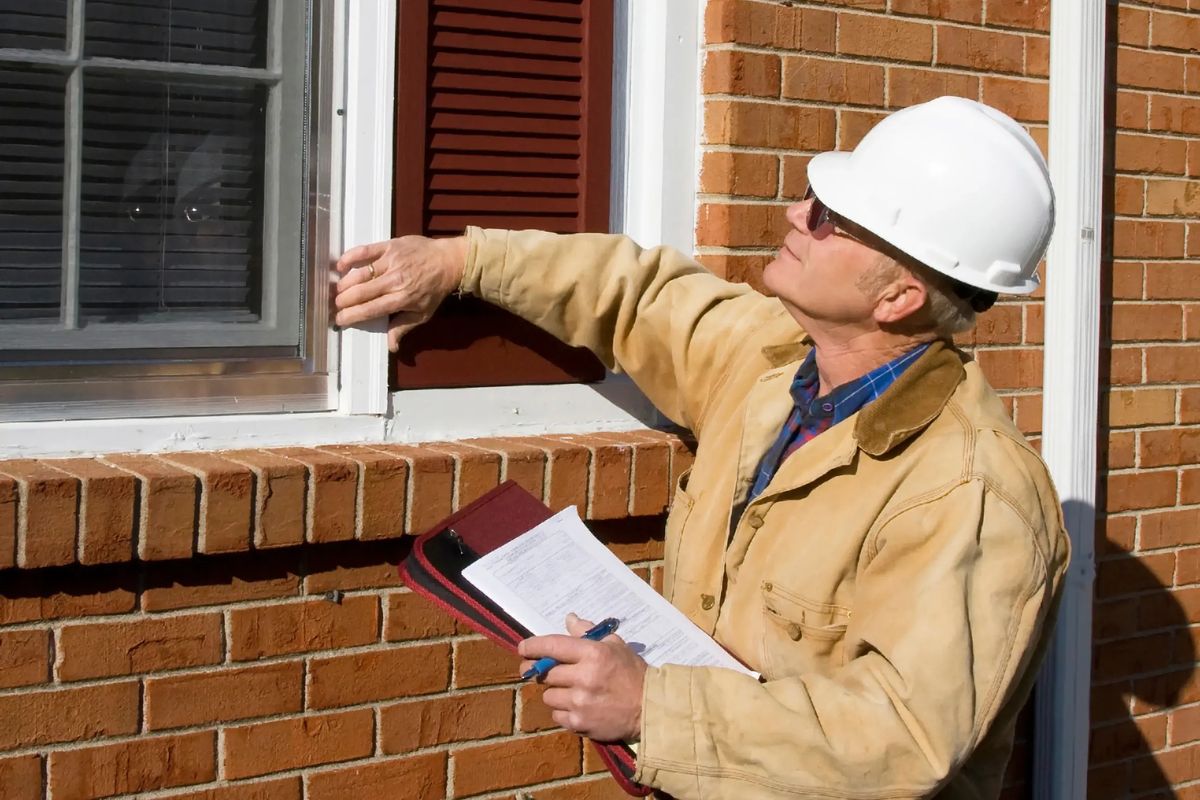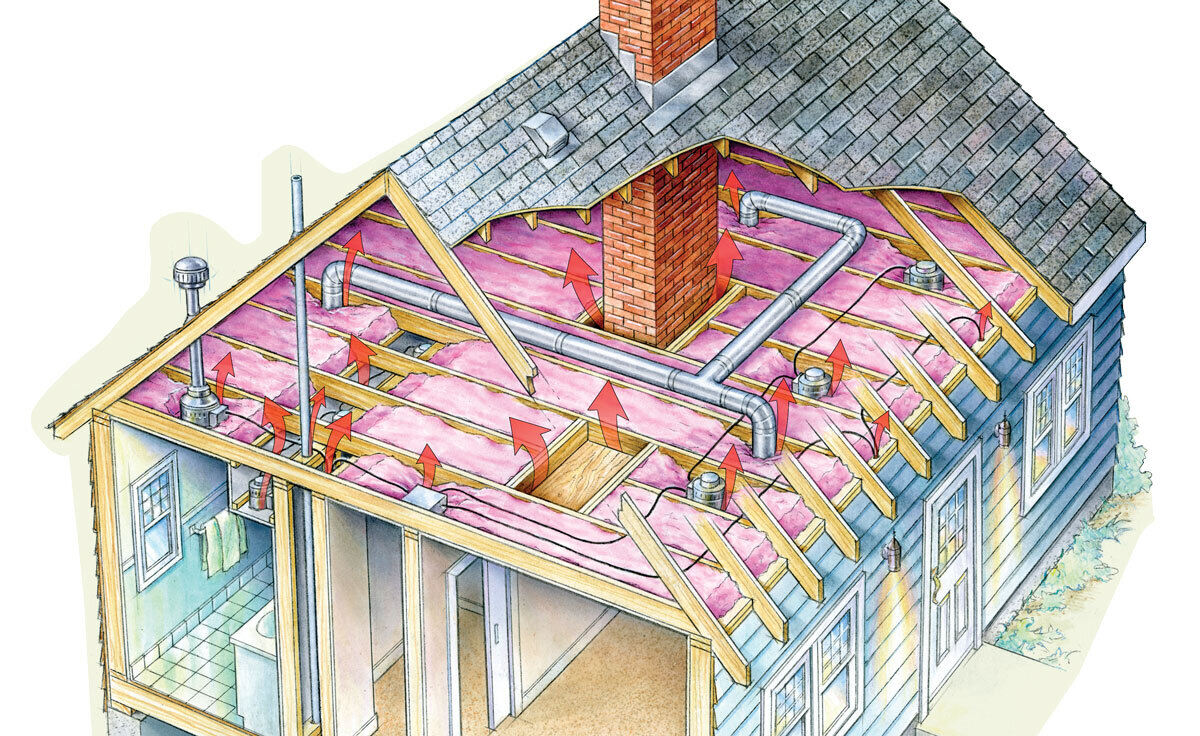Home>Ideas and Tips>Secret Life Of Salvaged Materials


Ideas and Tips
Secret Life Of Salvaged Materials
Published: October 21, 2024
Discover the benefits of salvaged materials in construction. Learn how deconstruction transforms waste into sustainable resources for modern projects.
(Many of the links in this article redirect to a specific reviewed product. Your purchase of these products through affiliate links helps to generate commission for Storables.com, at no extra cost. Learn more)
In the world of home improvement and sustainability, the concept of salvaging materials from old buildings is gaining significant attention. This practice, known as deconstruction, offers a promising alternative to traditional demolition methods. By carefully disassembling buildings, deconstruction companies can save a substantial amount of materials from landfills, reducing waste and promoting environmental sustainability. In this article, we will delve into the world of salvaged materials, exploring their history, the benefits of their reuse, and the innovative ways they are being integrated into modern construction projects.
The Problem of Construction and Demolition Waste
The construction and demolition (C&D) industry is one of the largest generators of waste in the United States. In 2018 alone, over 600 million tons of debris were produced, with demolition accounting for more than 90% of this waste. The majority of this waste ends up in landfills, contributing to environmental degradation and resource depletion. Aggregates like concrete, which are the largest contributors to C&D waste, can be recycled but often are not. This highlights the need for more sustainable practices in the construction industry.
The Rise of Deconstruction
Deconstruction, a method that involves carefully disassembling buildings to salvage reusable materials, is becoming increasingly popular as a sustainable alternative to traditional demolition. This approach not only reduces waste but also preserves the integrity of materials that would otherwise be discarded. Petrina Rhines, founder of The Birch Group in Minneapolis, exemplifies this trend. After completing her carpentry apprenticeship at Summit Academy, Rhines started her deconstruction company with just $3,000 in savings and a few tools from Home Depot. Her mission is to keep as much trash out of the waste stream as possible by salvaging materials such as wood flooring, doors, and windows.
The Benefits of Salvaged Materials
Salvaged materials offer numerous benefits for both the environment and the economy. Here are some key advantages:
Environmental Benefits
- Reduced Waste: By salvaging materials from old buildings, we significantly reduce the amount of waste sent to landfills. This not only conserves landfill space but also minimizes the environmental impacts associated with waste disposal.
- Lower Embodied Carbon: Materials that are reused or recycled have lower embodied carbon compared to virgin materials. This is because the extraction, processing, and transportation of raw materials are energy-intensive processes that contribute to greenhouse gas emissions.
- Conservation of Natural Resources: Reusing existing materials reduces the need for extracting and processing new raw materials. This helps conserve natural resources and reduces the strain on ecosystems.
Economic Benefits
- Cost-Effective: Salvaged materials are often cheaper than buying new ones. This can lead to significant cost savings for homeowners and builders who are looking to renovate or build new structures.
- Job Creation: A robust reuse, recycling, and deconstruction industry creates jobs in sectors such as construction, manufacturing, and waste management. This can strengthen local economies by providing employment opportunities.
- Economic Sustainability: By extending the life cycle of materials through reuse and recycling, we reduce the need for frequent replacements. This leads to lower maintenance costs over time and promotes economic sustainability.
The Process of Deconstruction
Deconstruction is a meticulous process that requires careful planning and execution. Here’s an overview of how it works:
- Assessment: The first step involves assessing the building to identify which materials can be salvaged. This includes evaluating the condition of materials like wood flooring, doors, windows, and other components.
- Disassembly: Once identified, these materials are carefully disassembled from the building structure without causing damage. This ensures that the materials retain their integrity for reuse.
- Sorting: After disassembly, the salvaged materials are sorted according to their type and condition. This makes it easier to market them for reuse in various projects.
- Storage: The sorted materials are then stored in warehouses or designated areas where they can be accessed by builders and homeowners looking for sustainable building solutions.
Case Study: The Birch Group
The Birch Group, founded by Petrina Rhines, has been at the forefront of deconstruction efforts in Minneapolis. Since its inception in March 2022, the company has deconstructed nearly 800 renovation, adaptation, and remodeling projects. Their approach emphasizes sustainability by keeping as much trash out of the waste stream as possible. Rhines' team expertly plucks out wood flooring so that the tongue and groove features are not damaged, and they carefully extract doors and windows from their frames.
The Role of Salvaged Materials in Modern Construction
Salvaged materials are not only environmentally friendly but also offer unique design opportunities in modern construction projects. Here are some ways salvaged materials are being integrated into contemporary architecture:
- Upcycling: Upcycling involves transforming discarded materials into new products of greater value. For example, old windows can be repurposed as decorative elements or used as part of a unique design feature in a new building.
- Sustainable Design Elements: The Living Building Challenge mandates that projects incorporate at least one salvaged material for every 5,380 square feet of gross building area. Skanska’s construction team exceeded this standard by reusing 28 materials from other Georgia Tech campus buildings, a nearby church, and even movie and television sets throughout metro Atlanta.
Challenges and Future Directions
While deconstruction and the reuse of salvaged materials offer significant benefits, there are still several challenges that need to be addressed:
- Education: Many people are unaware that there are places where they can bring reusable materials instead of throwing them away. Educational initiatives aimed at raising awareness about deconstruction and salvage practices are crucial for widespread adoption.
- Technological Advancements: The recycling of complex materials like polycotton blends or multi-fabric garments remains a challenge due to technological limitations. However, ongoing research in chemical processes is helping to overcome these hurdles.
- Market Development: Building a robust market for salvaged materials requires sustained effort from both suppliers and consumers. This includes creating demand for low-embodied-carbon products through policy initiatives and consumer education.
Conclusion
The secret life of salvaged materials is one of transformation and sustainability. By adopting deconstruction practices and integrating salvaged materials into modern construction projects, we can significantly reduce waste, lower embodied carbon emissions, and promote economic sustainability. As Petrina Rhines so aptly puts it: “It’s all about reuse instead of filling out landfills”. As we move forward in our quest for a more sustainable future, it is essential that we continue to explore innovative ways to transform waste into valuable resources.
References How a Deconstruction Company and Salvage Shop Are Keeping Building Materials Out of Landfills. Next City. March 8, 2025. The Secret Life of Second-Hand Clothes. Haptic and Hue Podcast Episode #32. The Secret Life of Materials. Rocky Mountain Institute. February 23, 2021. Trashed: The Secret Life of Plastic Exports. ABC News Investigation Video. April 25, 2025. Preserving the Past, Building the Future: The Role of Salvaged Materials in Modern Construction. Skanska USA.
Was this page helpful?
At Storables.com, we guarantee accurate and reliable information. Our content, validated by Expert Board Contributors, is crafted following stringent Editorial Policies. We're committed to providing you with well-researched, expert-backed insights for all your informational needs.















0 thoughts on “Secret Life Of Salvaged Materials”